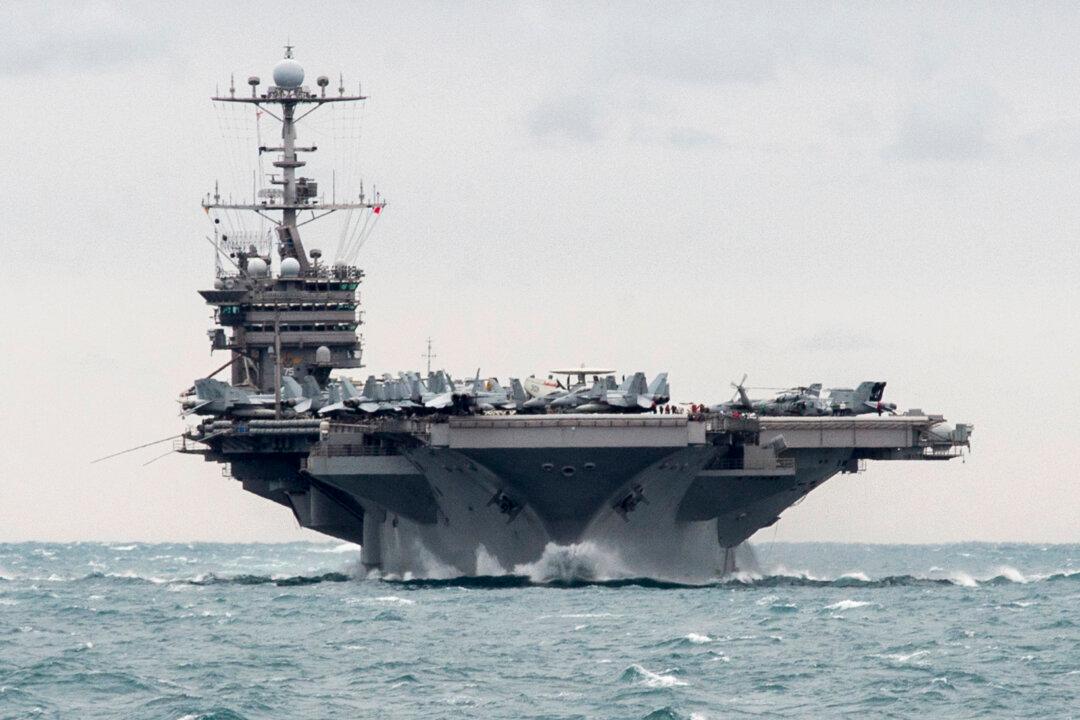It’s been seven decades since a single Japanese dive bomber pierced the wooden decks of the USS Princeton and exploded, leaving the Navy’s 23rd carrier with a fatal wound.
That was the last time a U.S. aircraft carrier sank due to enemy action.


It’s been seven decades since a single Japanese dive bomber pierced the wooden decks of the USS Princeton and exploded, leaving the Navy’s 23rd carrier with a fatal wound.
That was the last time a U.S. aircraft carrier sank due to enemy action.